Travel destinations Comments: 0 Jun 29, 2023
Among the cities of Europe that are crowned with glory due to their cultural and historical significance, Florence deserves a special place. This city, which is rightly called the Italian Athens, has been the center of European culture and art since the Renaissance, and that spirit can still be felt today through the testimony of priceless monuments, exhibits, and the centuries-old presence of art in general.
How to show the wealth of Florence, and not miss something, leave it out? In this short blog, we will select a few items, just enough to interest you so that you want to see everything told and untold live, with your own eyes...
Florence, by the way, is located in the province of Tuscany, in Italy. The city lies on the Arno River, has about 380,000 inhabitants, and is considered by many to be the most beautiful city on the Apennine Peninsula. It is best known for its history as a city-state, at the time when it was the center of trade and capital, and one of the wealthiest cities in Europe, and especially as the cradle of the Italian Renaissance. The famous Medici family financed the greatest artists of their time, and thus encouraged the creation of some of humanity's most famous works of art.
Because of all this, Florence is today an unmissable destination for all tourists who want to experience first-hand the artistic life of the Renaissance, not only in museums and galleries, but also on the city streets.
Ponte Vecchio
Ponte Vecchio or "Old Bridge" is the most famous and most beautiful bridge of the city, and it is certainly one of the first associations with Florence.

Originally built by the Etruscans and renovated in the 14th century, the Ponte Vecchio is the only arched bridge crossing the Arno River that was not destroyed during the Second World War.
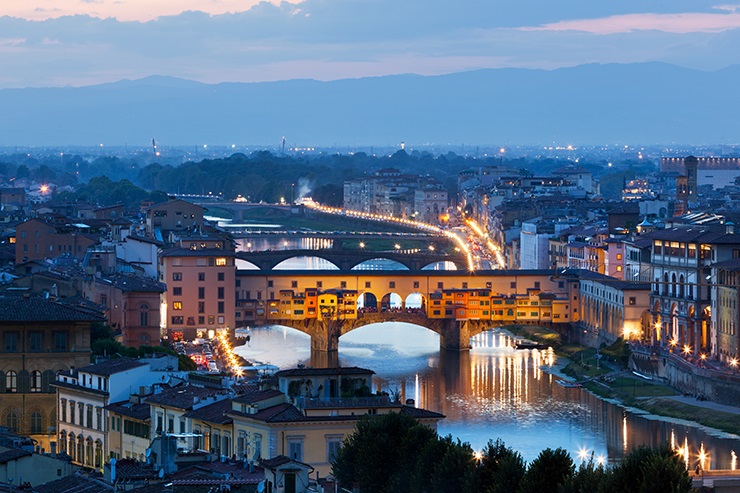
In the 13th century, butchers and fishermen had their homes on the bridge, and today the windows of jewelers and colorful souvenir shops shine along its length.

Florence Cathedral
When you enter Florence, the first thing you notice is the magnificent cathedral of Santa Maria del Fiore, also known as the Duomo, practically the symbol of the city. The cathedral is dedicated to the Mother of God, and the campanile bell tower, which consists of seven large bells, almost 90 meters high, was designed by Đoto, a great painter, architect and sculptor of the Renaissance.
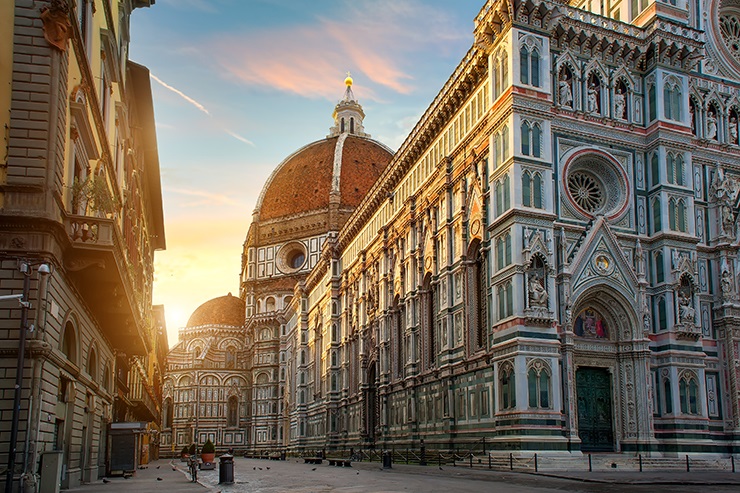
The cathedral has been extended and rebuilt several times over the centuries, and all the past eras are visible in the design of its buildings: the Romanesque baptistery, the Gothic construction of the church and bell tower, the Renaissance dome, Baroque decorations and the Neo-Gothic and Classicist facade.
The cathedral is best known for its magnificent dome, designed by Bruneleschi. Inspired by the Roman Pantheon, he planned to do something similar in Florence, so around four million bricks were built into the dome, making it the largest in the world to this day.
Uffizi Gallery
The Uffizi Gallery, located in the Palazzo degli Uffizi, is one of the oldest and most famous museums in the world. Construction began in 1560, as a building for judges' offices (from where the current name - uffizi, i.e. office) comes, and was completed 21 years later.
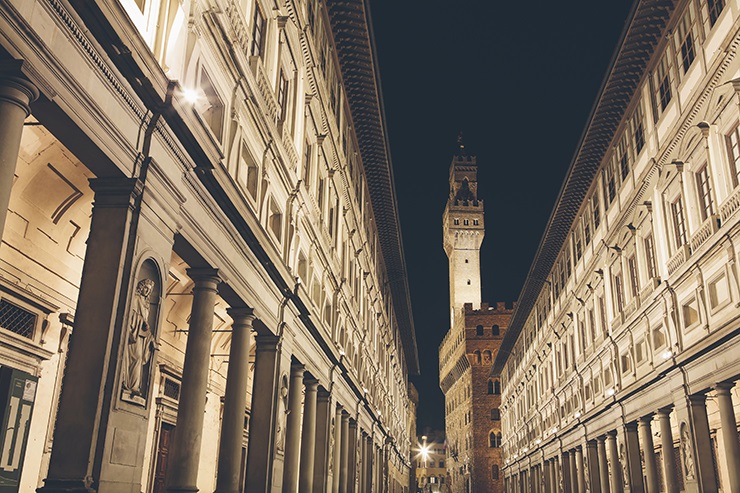
The stunning collection dates back to the Italian Renaissance and was once privately owned by the wealthy Medici family.
The collection shines with masterpieces by Leonardo Da Vinci, Raphael, Caravaggio, Titian, Tintoretto, and even Rembrandt. Perhaps the most famous painting of the gallery, which will leave you breathless, is the huge canvas The Birth of Venus painted by Botticelli.
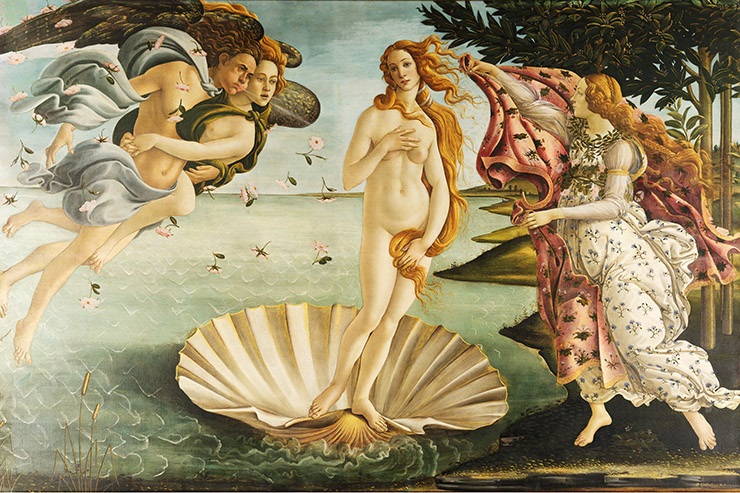
The Academy Gallery may not be able to boast of such a large number of famous works of art, but it does have, in addition to several completed and unfinished works by Michelangelo, a magnificent, well-known sculpture of Michelangelo's David.

photo source : Steve Barker
Palazzo Pitti
Palazzo Pitti is a Renaissance palace near the Arno River. It originates from the 15th century, as the house of the rich banker Pitti, and a hundred years later it was bought by the Medici family, turning it into one of their residences. In the 16th century, the 'Corridoio Vasariano' was added, and on the Boboli hill next to the palace, a garden, known today as the Boboli garden, was planted, decorated with rows of green trees, sculptures and fountains.
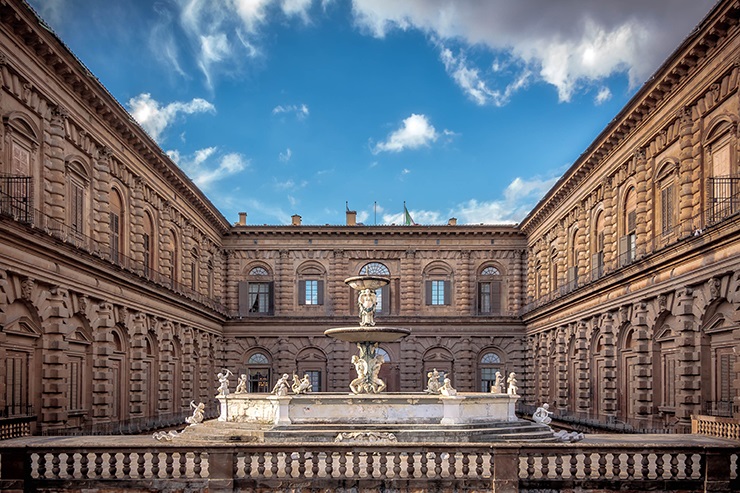
Photo source : Rob Menting
The palace abounds in rich artistic treasures, it houses seven museums and has as many as 140 rooms open to visitors.
Signoria square
This square is a magnificent open-air art gallery with fascinating works of art that have been admired by generations of visitors. Signoria Square itself, as one of the two most famous squares in Florence, is always teeming with tourists and art lovers.
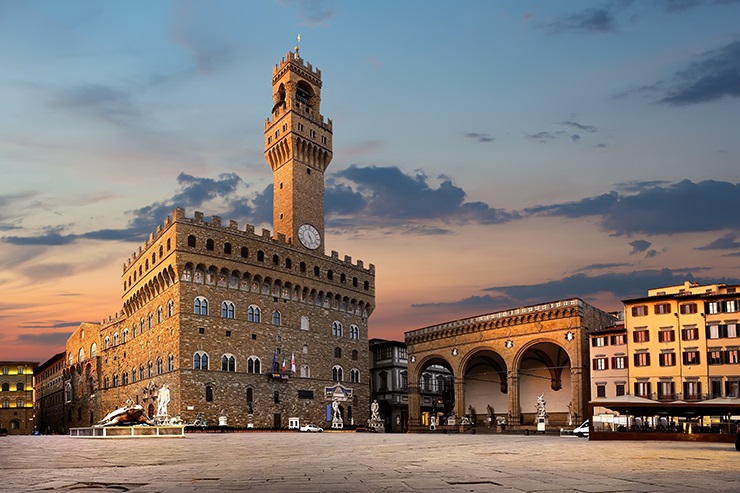
The beautiful square of Signorija is also decorated with the Neptune Fountain, which dates back to 1575 as a symbol of numerous Tuscan naval victories.
The easiest way to get to the location outside the innermost center is by public transport, which consists of several bus lines and one tram line.
BusTicket4.me is an internet portal for the sale of online bus tickets, and through us you can easily provide a bus ticket and a return bus ticket for a large number of destinations.


 RS
RS  ME
ME  HR
HR  BA
BA  RU
RU  MK
MK  AL
AL  ES
ES  DE
DE  IT
IT  CN
CN  NL
NL  SE
SE  FR
FR 

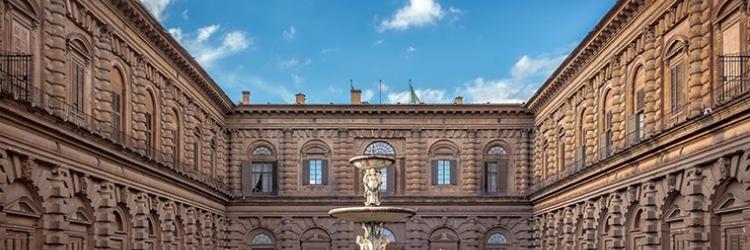




Write a comment